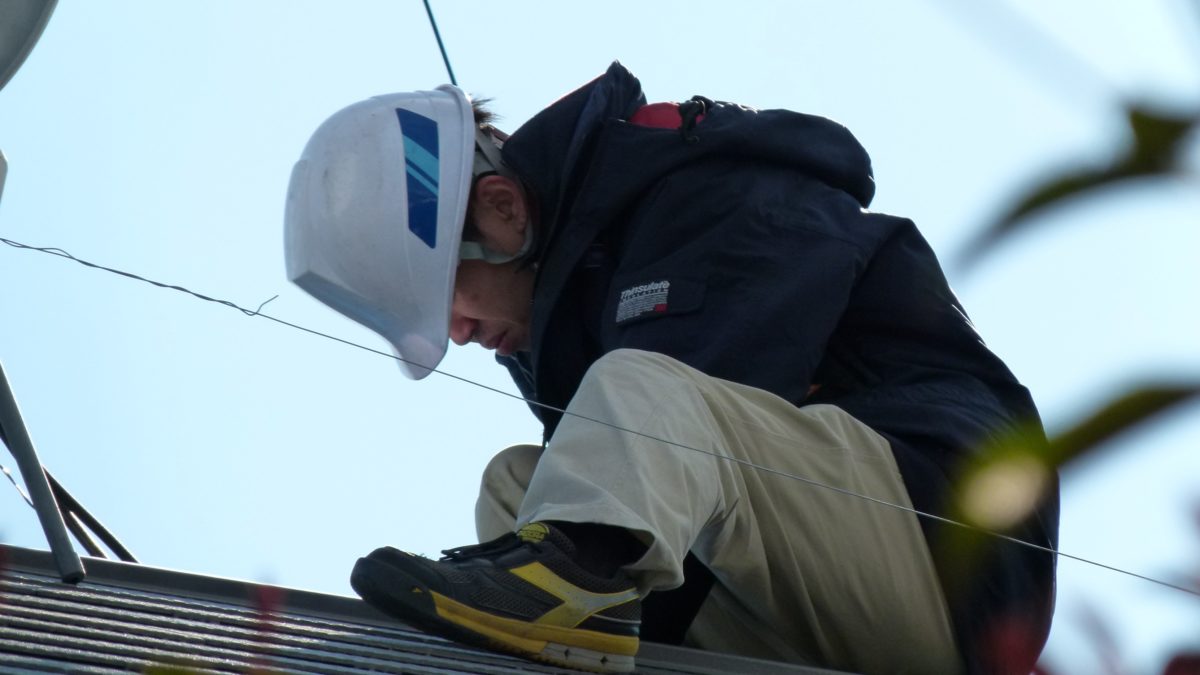Hello,
As we close out 2022, we’d like to share with you some good news for clean energy and invite you to join us in thanking Governor Newsom and the Public Utility Commission (CPUC) for their leadership.
As a reminder, in January, we alerted you to a proposal from the CPUC that would’ve effectively ended rooftop solar and storage as an option for customers in California. The original proposal would’ve imposed a tax on solar customers of roughly $60/month and reduced the period of time existing solar customers can stay on their current NEM tariff.
In response, Tesla customers like you sent over 24,000 messages to the CPUC and Governor’s office, joining thousands of other Californians in protesting the proposal through emails, phone calls, social media, verbal comments at CPUC meetings, protests, op-eds and other civic engagement.
Thankfully, Governor Newsom and CPUC President Alice Reynolds listened, and last week the CPUC approved a revised version of NEM 3 that creates a more reasonable approach to rooftop solar. This wise decision is intended to pair rooftop solar with battery storage, which provides increased benefits for greenhouse gas (GHG) emissions and grid resiliency.
Importantly, unlike the CPUC’s original proposal, the revised Decision does not penalize solar customers with a discriminatory monthly fixed charge, and it maintains the original 20-year lock-in period on the old NEM rules for customers who previously installed solar.
For solar arrays installed after April 2023, the revised Decision changes how energy sent back to the grid is valued, such that it is no longer credited at the retail rate, and instead is credited at a rate that reflects the value of energy to the grid and for reducing GHG emissions.
Thus, during spring afternoons when energy from the grid comes mostly from inexpensive, GHG-free renewables, NEM credits will be very low, in order to encourage customers to store their solar energy for later use. On summer evenings when grid energy is generated by dirty fossil plants, NEM 3 customers will be compensated at nearly $3/kWh (about 10 times the retail rate) to encourage reducing emissions by sending clean energy back to the grid.
While the new NEM Decision makes it less attractive for customers to install stand-alone solar, customers who install solar paired with storage will still be able to largely offset their own energy use without punitive fees or penalties. Plus, the addition of storage to solar arrays will move the state closer to 100% clean energy, as well as create new benefits for customers, the cleantech economy, the electric grid and the environment.
Thank you for your advocacy, and please join us in applauding the Governor and CPUC leadership for facilitating a more reasonable NEM proposal that will improve grid resilience and reduce carbon pollution.



